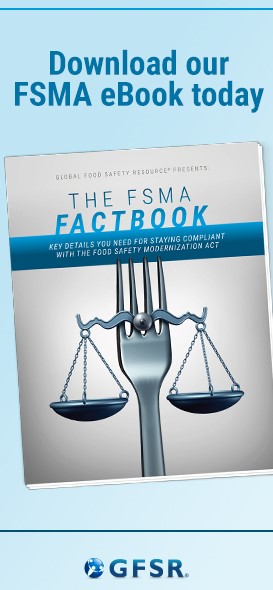Do Best Before Dates Matter?
Best before dates are an interesting grey zone. They don’t imply as much caution as expiry dates, and often products show no signs of going bad for days or even weeks after.
But they must mean something…why else would food companies bother including them?
Best before dates are recommendations only, but they serve to give consumers a reasonable expectation that a product will be in good shape up to that date.
Brand survival: every customer counts
The competition in the food market is fierce.
As anyone who’s had a bout with food poisoning or a moldy product knows, the experience can put you off for a long time. So food companies have a huge vested interest in preserving the customer experience.
But consumer behaviour adds a degree of uncertainty to how a product will be handled and stored. There are varying degrees of food safety knowledge, and while instruction on handling and storage offer some protection, they’re not always followed.
Take, for instance, a consumer who picks up a frozen package in the store, shops around for a bit, and then changes their mind. They return the now-warmed package back to the freezer.
Or, a consumer who makes a few stops on the way home and leaves refrigerated items in the back seat of a sweltering car, warming them considerably before placing them in the fridge at home.
Know (precisely) when a product is past its prime
Best before dates can be based on historical data about a given type of product. But you can go even more micro than that – by putting your product through the rigors of a shelf life test.
A shelf life test, preferably conducted by an accredited food laboratory, will examine how a product ages over time.
Built-in safety mechanisms
Spoilage organisms grow at varying paces at different temperatures, so a shelf life test will usually factor in supply chain uncertainty by putting the product through “temperature abuse”.
This gives an accurate idea of the risk if a product is stored at the incorrect temperature for an hour, two hours, a day or more.
Depending on the risks, the best before date may have a built-in margin of error to safeguard from spoilage. Preventing consumers from discovering an unpleasant surprise when they open a product will preserve their brand loyalty – and likewise businesses.

Categories: Food Science
Tags:




Be careful of conflating spoilage with safety. With rare exceptions spoilage microorganisms do not cause illness, and illness causing microorganisms do not directly cause spoilage. Best-if-used-by dates are useful in food service to facilitate FIFO rotation and to provide a reasonable estimate of acceptable quality. Obviously temperature is the controlling factor for shelf life of fresh foods and temperatures vary during distribution and marketing. So dates are estimates at best. In many cases they are based on experience or even simply on specifications from buyers. There is often little science behind them, though in some cases there have been extensive studies. Use by dates have their uses, but they are far from absolute and rarely provide any guidance as to the safety of the product.